Taiwan launches ‘sea monster’ submarine to counter China
The island nation plans eight home-built vessels to bolster its defences amid rising competition as a belligerent Beijing squares up to the Philippines.
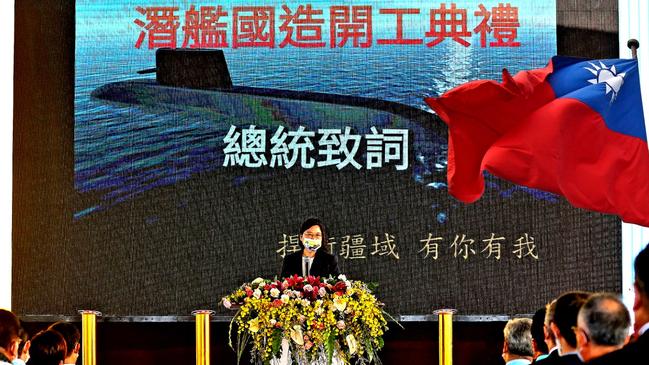
Taiwan is to launch its first home-built submarine amid rising competition for military control of the Pacific between China and the US along with its Asian allies.
The submarine, to be named Hai Kun after a sea monster from Chinese legend, is the first of eight planned to bolster the island’s defences against China’s growing navy.
The launch on Thursday has been long planned but its timing coincides with a failure of attempts earlier this year by the US and China to halt their war of words over Taiwan, control of the South China Sea and trade.
US President Joe Biden will host a group of small South Pacific islands this week at a conference in Washington, in which he will try to counter growing Chinese influence in the region.
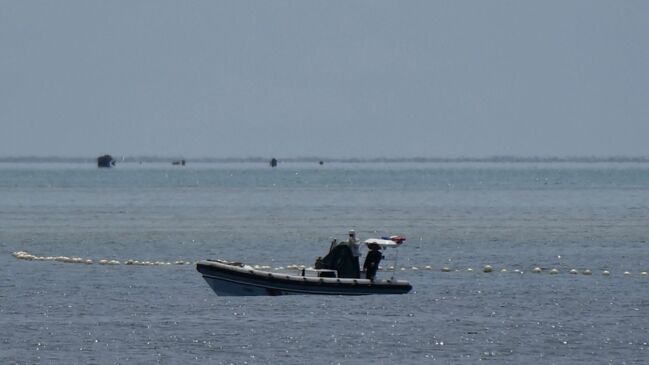
In a mark of its ambitions, China has also dropped a floating barrier to a shoal of reefs that it has occupied in the South China Sea, in an area that the Philippines says is part of its territorial waters.
The Chinese foreign ministry admitted that it had expelled a vessel from the Philippines Bureau of Fisheries and Aquatic Resources, saying that the Scarborough Shoal was “an inherent part of Chinese territory”.
The shoal is 190km from the nearest main island of the Philippines and 885km from China but Beijing says it laid claim to the reef in the Middle Ages.
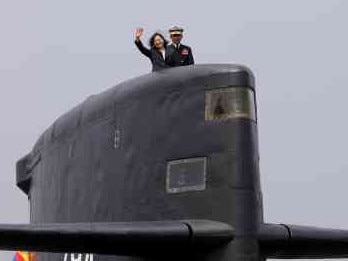
The Taiwanese navy has four submarines but all are veteran: two date from World War II and were given by the US in the 1970s, and the other two are 1980s models bought second-hand from the Netherlands.
Taiwan decided to build its own modern fleet after an offer by former president George W. Bush to have replacements built in America came to nothing. The US and its European allies were at the time wary of provoking a hostile Chinese response. Instead the project received substantial assistance from Japanese technical experts and the exterior of the new vessels is based on a Japanese design.
As tensions with China have worsened, former president Donald Trump and Joe Biden have both approved the sale of high-end US weapons and navigation systems and the UK has sold £167 million ($318m) of submarine technology, including Mk-48 heavyweight torpedoes.
The international co-operation by western nations with the project is a sign of increased concern about any attempt by the Communist Party leadership in Beijing to attack the island. Beijing has claimed sovereignty over Taiwan, which it considers an integral part of the country, since the two were divided at the end of the Chinese civil war in 1949.
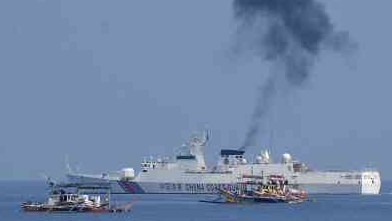
An attack has always been a threat but one that is being taken more seriously under President Xi. He has authorised huge naval war games this month around the island involving one of China’s two fully functioning aircraft carriers.
At a briefing for journalists in Taipei Admiral Huang Shu-kuang, the chief of Taiwan’s general staff who is overseeing the submarine project for President Tsai, said the aim was to deter Chinese force projection into the Pacific. “If we can build up this combat capacity I don’t think we will lose a war,” he said.
He has admitted, though, that China could be ready to invade Taiwan by 2027 if it managed to complete its third aircraft carrier-led battle group by then.
Eight submarines, plus the two Dutch models from the 1980s, would be no match for the strength of the Chinese fleet, which includes more than 50 submarines, but the strategic goal would be to contain any attack until allies such as the United States arrived to help.
China’s plan to conquer Taiwan, so far as it is known, is believed to depend on a “shock and awe” campaign to subdue it within days of an attack starting. Biden’s Pacific push on Monday extended to opening diplomatic relations with the Cook Islands and Niue, nations with a combined population of less than 20,000 people.
A more immediate flashpoint is likely to be the South China Sea, where the Philippines claimed later on Monday to have dismantled the floating barrier.
China had not responded by Monday.
The Times

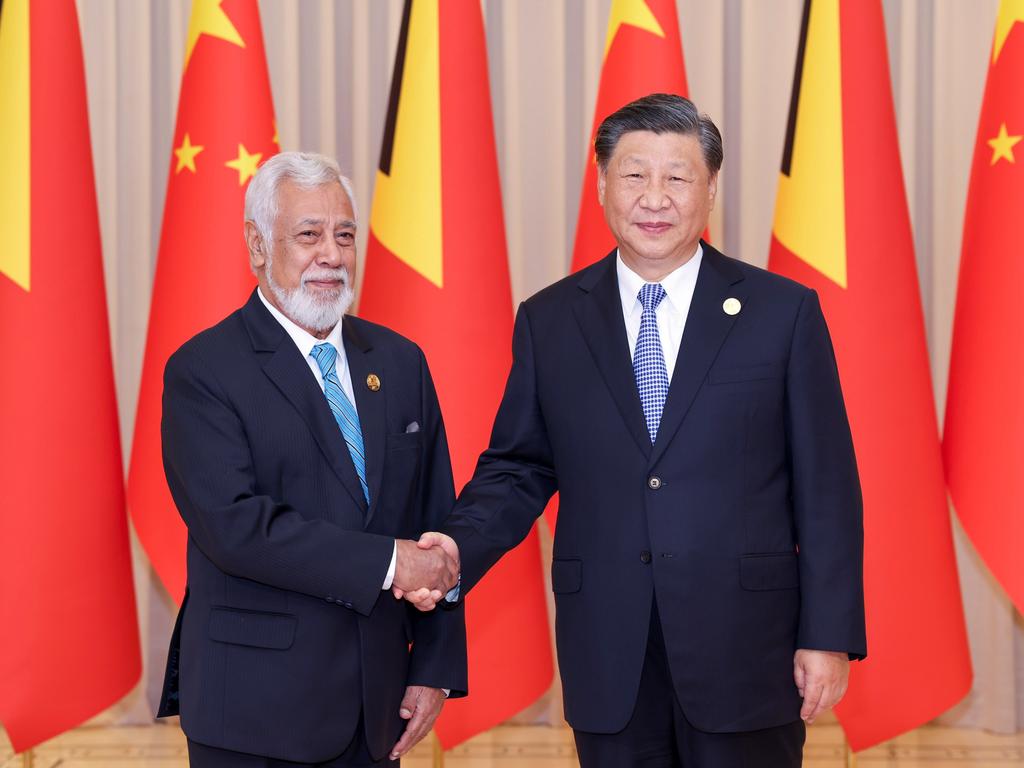

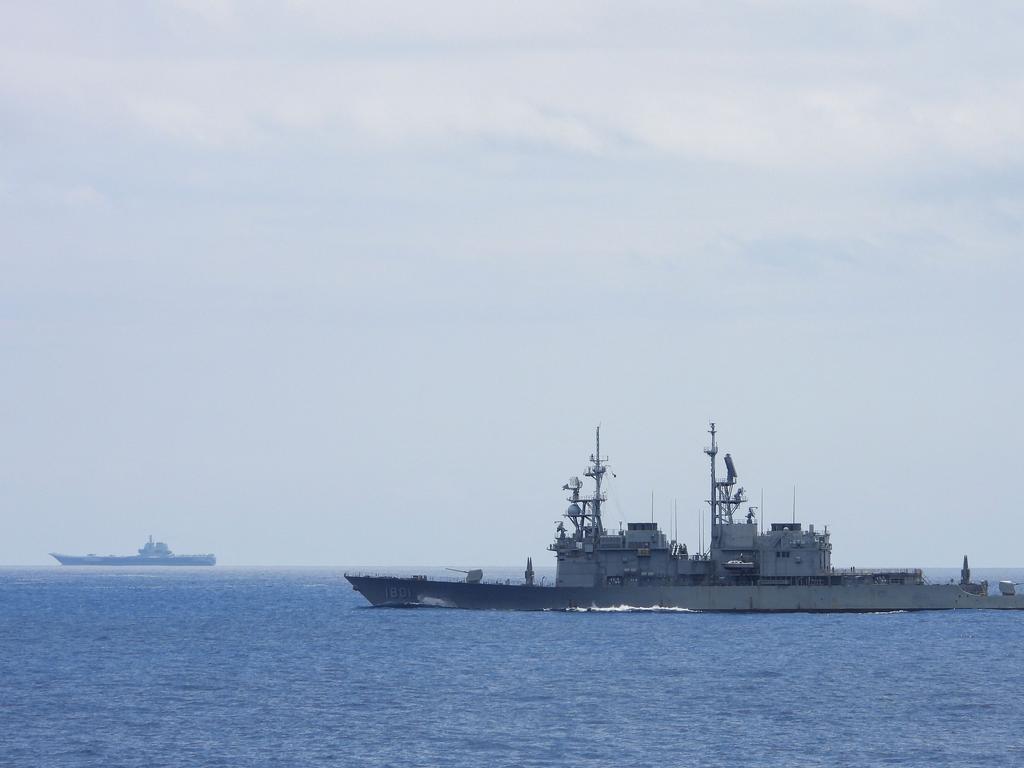
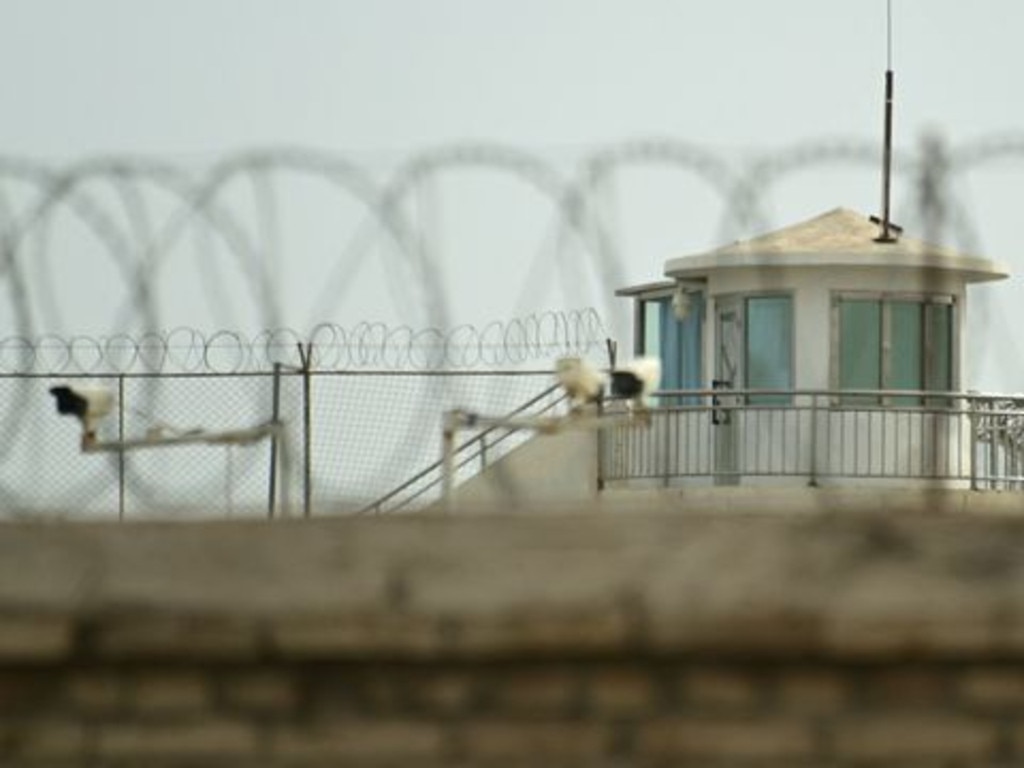
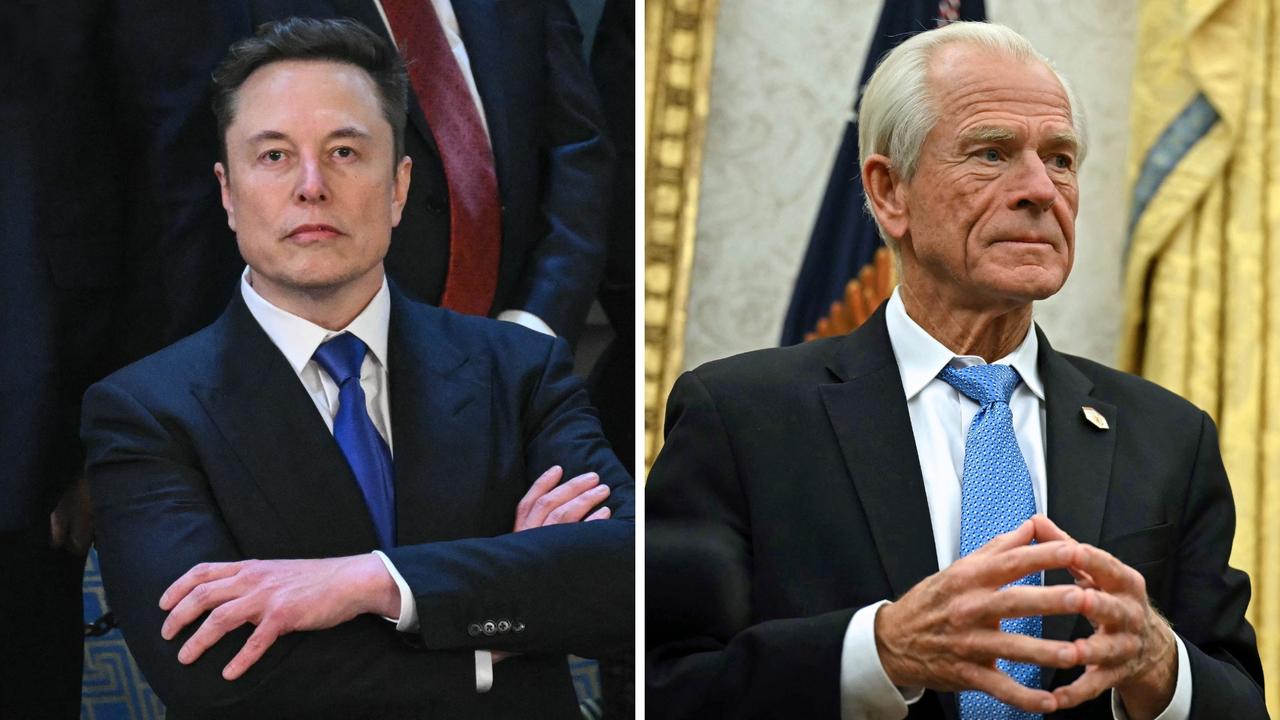

To join the conversation, please log in. Don't have an account? Register
Join the conversation, you are commenting as Logout